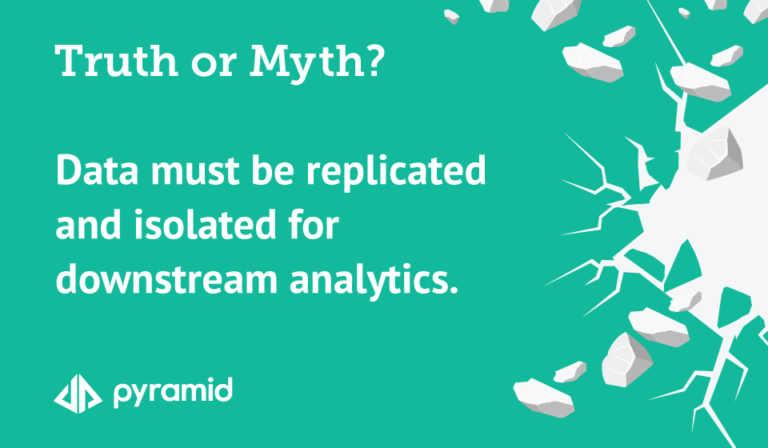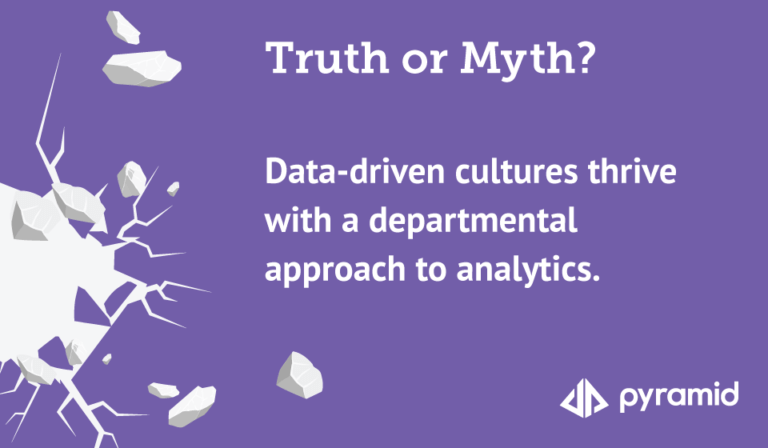It’s remarkable to see the growth of data and advanced analytics over the past 20 years.
In many ways, the growth can be likened to the early oil industry. Oil pioneers discovered oil and knew it was worth something but didn’t realize how it would radically transform the world.
Similarly, today, organizations understand that data is valuable but don’t quite know how to harness it or know what its true worth is. This thinking will change, however, as business intelligence (BI) and analytics technologies converge with a clearer understanding of data.
From limited uses to mainstream
In the oil industry, although oil had long since been discovered, an important event occurred in 1901 when a massive oil geyser — known as the Lucas geyser — exploded in Spindletop, Texas. The explosion, in turn, caused the oil industry to grow at a huge rate. Even though there were oil companies before this, around 1,500 additional oil companies (such as Gulf Oil, Texaco, and Exxon) were formed one year after the explosion near the site of the geyser.
Oil became part of the mainstream fuel source throughout the 20th century. It had a gigantic role in the economy of the U.S. and in the power that the U.S. wielded on the world stage; it came a long way from its early, more limited uses, such as in kerosene lamps. The growing industry spawned new jobs, higher incomes, and prospectors seeking riches from this treasure.
And just as these early oil pioneers continually modified their infrastructure and environment to support oil extraction, today’s organizations need to acknowledge that the legacy BI solutions or personal productivity BI tools won’t be adequate to exploit the true value of data and analytics.
Adjusting the environment to meet broad demand
In today’s companies and industries, there are more and more people who are essentially prospecting for new ways they can use data, mine it, and extract the benefits. But because there’s broad desire to access the data, there must also be robust solutions and tools that can stand up to the demands of a broad user base.
As organizations learn more about the absolute need for scalability, standardization, and governance (along with an ability for innovation) in BI solutions and technologies, their infrastructure will likely follow suit. In other words, they’ll be more apt to modify their BI environments, so that they can better understand the valuable opportunities for insight that their data offers.











